Following up on my impressions at the start line of the Silverrudder, I have another interesting flick for you. Have you heard about the Midsummer Sail? If not, this one may be so thrilling and captivating that you will instantly sign on. As did I, by the way. The Midsummer Race is the toughest sailboat race of the Baltic Sea. It traverses Europe´s continental waters from the southernmost location (which is the Hanseatic city of Wismar) all up to the northernmost buoy of the whole Baltic Sea: Töre. That´s 900 nautical miles – the longest regatta you can enter.
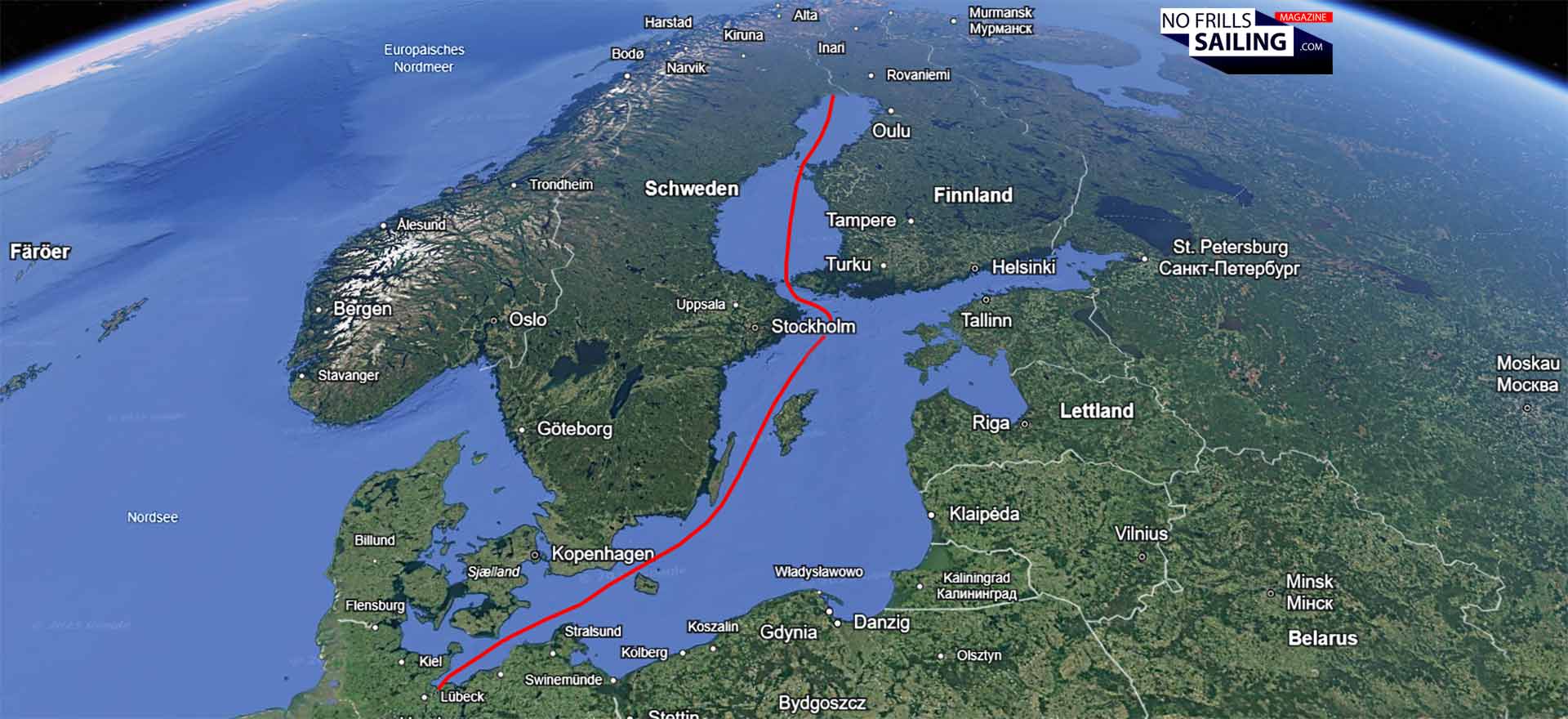
This race isn´t as gigantic as the Silverrudder, nor is it as competitive as the Vegvisir Race or Baltic 500. It´s merely a hidden gem and attracting a very rare breed of skippers. Right after gathering a starting slot for my – then hopefully 100 per cent race-ready Omega 42 in 2026 – I talked with Midsummer Sail´s inventor and organizer, Robert Nowatzki. Because, to get to know why and how this crazy feat has been invented was a question I had to get an answer to. His story is as amazing and outstanding as the race itself …
Speaking with Robert Nowatzki, inventor and organizer of Midsummer Sail
Lars Reisberg | NO FRILLS SAILING.com: “Robert, cool to talk to! How did you come up with the idea for the Midsummer Sail ten years ago? How does a Berlin guy get the idea to organize the longest race in the Baltic Sea? And: Do you sail yourself?”
Robert Nowatzki | Midsummer Sail: “It wasn’t a single idea, but rather something that grew out of many thoughts. It all started back then when the Berlin Wall fell. At that day I came home from piano lessons and suddenly we had Western TV! Can you believe it?! So I went on and watched a documentary the other day about a dog sled race in Alaska. I was completely captivated! I thought it was amazing: the route, the challenge! Not driving around in a car, but pulled by dogs. Not on a racetrack, but out in the wild. Incredible! Later I used to be a cameraman at Reuters, and one day my boss told me about the Volvo Ocean Race. An ex-Reuters colleague was working there, and they were looking for onboard reporters. He said it was perfect for me, combining filming and sailing. So, I applied, had interviews, and got trained. It seemed like I had the job, and a crazy dream was about to come true, well until it fell apart. The team didn’t come together, and the other teams wanted someone with a native language other than German, so I was out. That really pulled the plug on me: I had to create something cool by myself! Who needs the Volvo Ocean Race anyway?! So, I started playing with my finger on a globe, and the Baltic Sea “next door” seemed logical. Our little sea right at our doorstep. My finger kept moving north until it reached the end: In Töre. That´s basically the longest possible route traversing the Baltic Sea from South to North. A bit of research and logic, and the Midsummer Sail was born. In winter, up there there’s only thick ice and darkness. But summer is nice. Especially on the longest day, the solstice!”
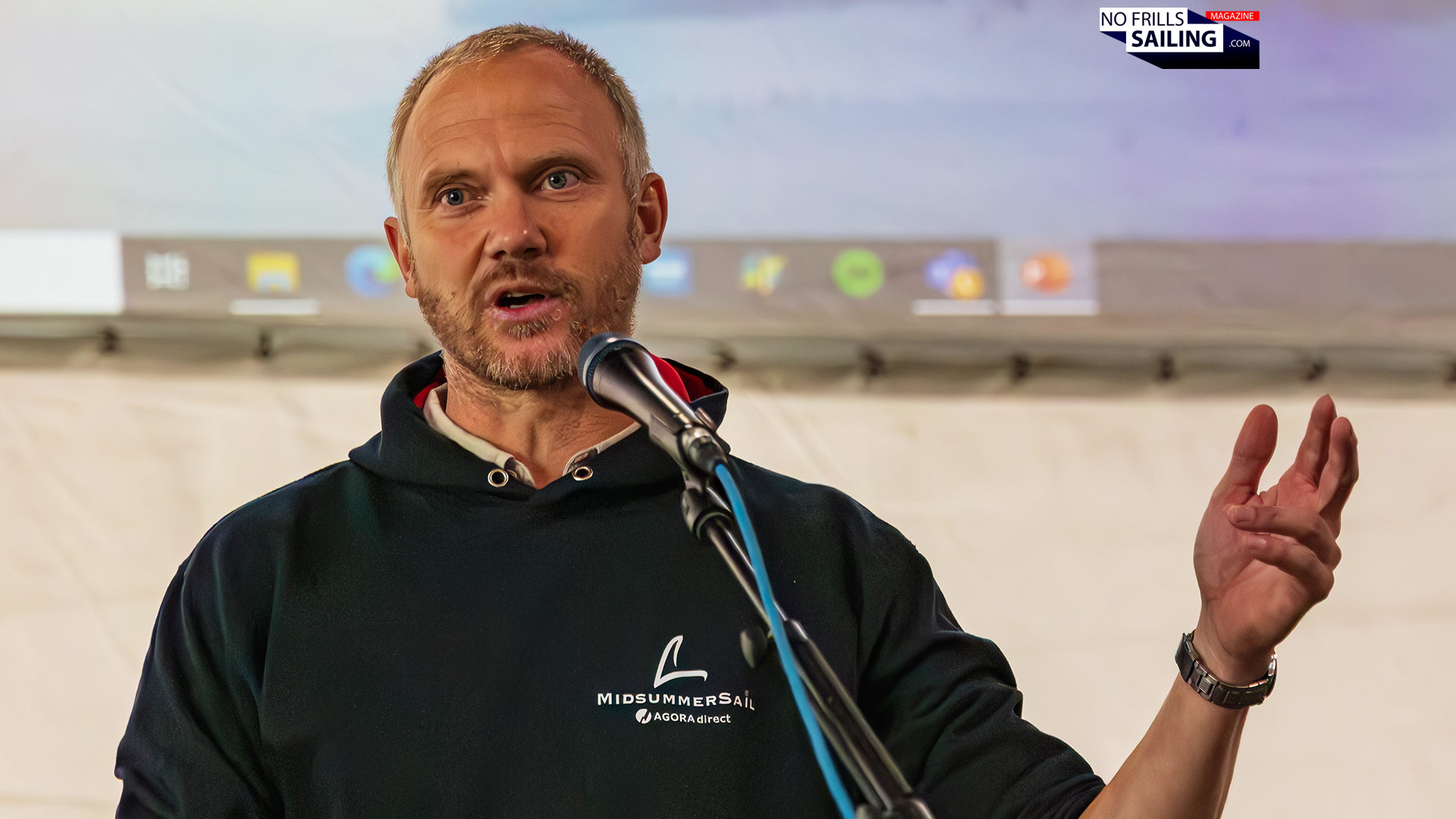
Lars Reisberg | NO FRILLS SAILING.com: “Have you sailed the route yourself? What’s special about mastering these nearly 900 nautical miles around the summer solstice?”
Robert Nowatzki | Midsummer Sail: “Yes, of course! I only discovered sailing in my mid-20s, through my now-wife, Claire. But that’s another story. Since then, we’ve done typical inshore sailing in and around Berlin and occasionally ventured into the southern Baltic Sea. So, in case of the race, I had to test it, right? But before we had to clear out some questions. Like: Where should the start be located? The “Swede´s Heads” in Wismar as the starting point, of course, since we’re heading to Sweden. Everything seemed so logical! So, at one day I asked a friend if he’d come along. We had recently sailed my little Misil 2, a Hallberg-Rassy 24, from Grimsby in England to Berlin. It was in 2016 when we finally set sail. The first ever Midsummer Sail was born. I loved it so much that I felt validated and wanted to bring the race to the world afterward. I mentioned above that it’s part of how it all started. The summer solstice is so important because it enables the endless days in the north. Up until you reach Stockholm-area, it feels like a normal summer, but then it gets brighter and brighter. The seemingly endless becomes visible. Ship traffic decreases significantly, the Baltic Sea opens up wide again, and then the light just stays on. Suddenly, the small Baltic Sea feels huge! It’s bathed in magical light for many, many hours, and you’re right in the middle of it. Not only is it beautiful, but you’re also sailing … it is a feeling second to none!”
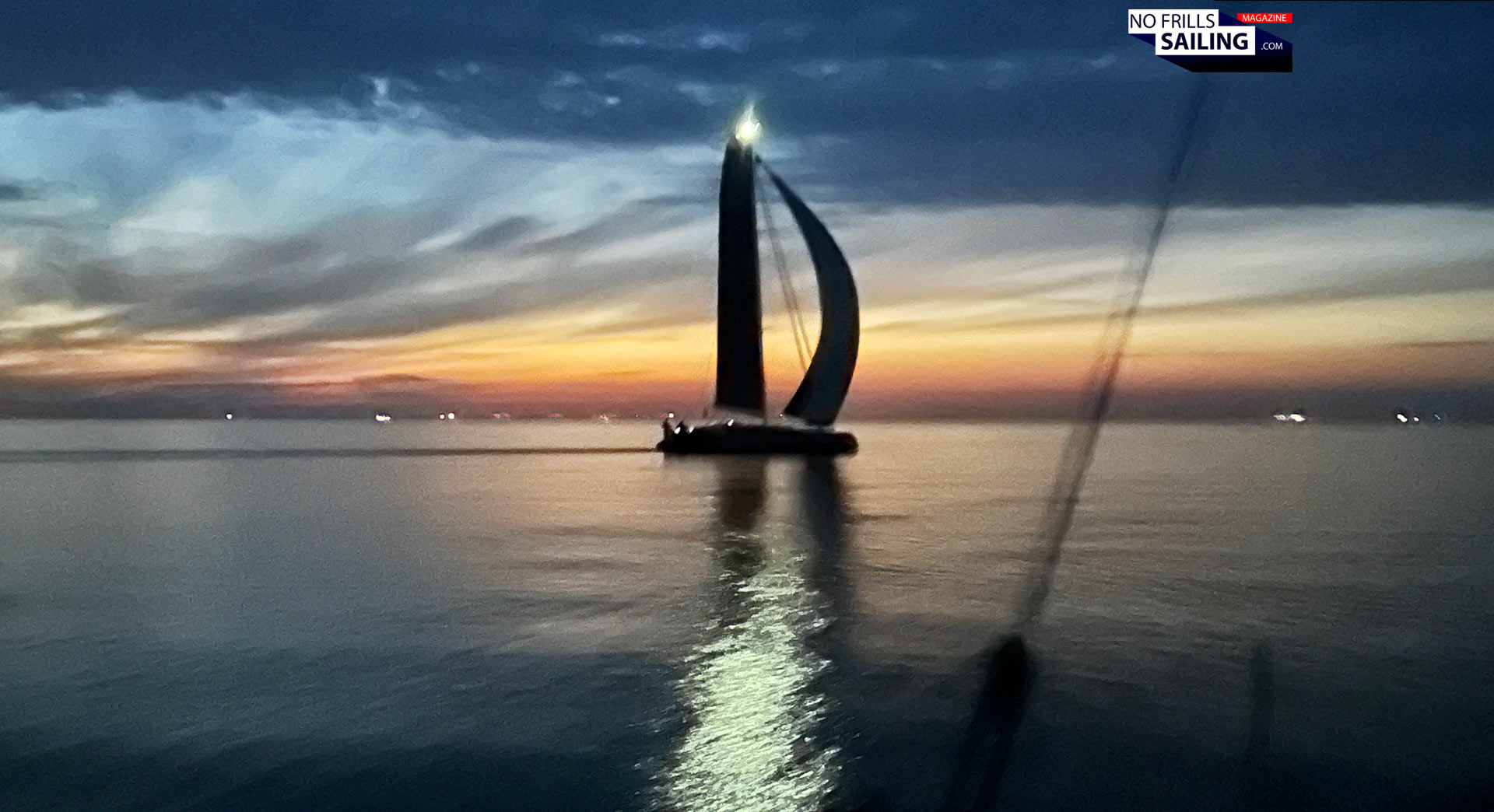
Lars Reisberg | NO FRILLS SAILING.com: “How was it logistically to organize this race and coordinate with Töre, so far up north?”
Robert Nowatzki | Midsummer Sail: “Well, it’s both easy and difficult. In Töre, there isn’t much, and an email to the municipality was quickly answered. They were excited about me organizing this race. However, it really is the “End of the world” there, make no mistake! A small village not set up for a big sailing event whatsoever. There are many different people, parties, and companies that own the land in some way. This leads to lots of debates about the future, but few decisions. The municipality and some very dedicated residents try to organize a harbor festival every year, which is great. They helped me set up some power connections, put up flagpoles, and cover part of the quay with wood. It’s tough to organize anything with certainty. The winters often destroy the wood and move the yellow buoy. Those helping me often don’t have the necessary permits, and others don’t want to get involved. Every year, there’s a different problem that only becomes apparent when I arrive in Töre just before the first boats finish. But that’s how it is, and both I and the sailors need to know where they’re sailing to: Right up to the very end of the Baltic Sea, where things look different than at the start. I actually think it’s good this way because it highlights the epic nature of the route.”
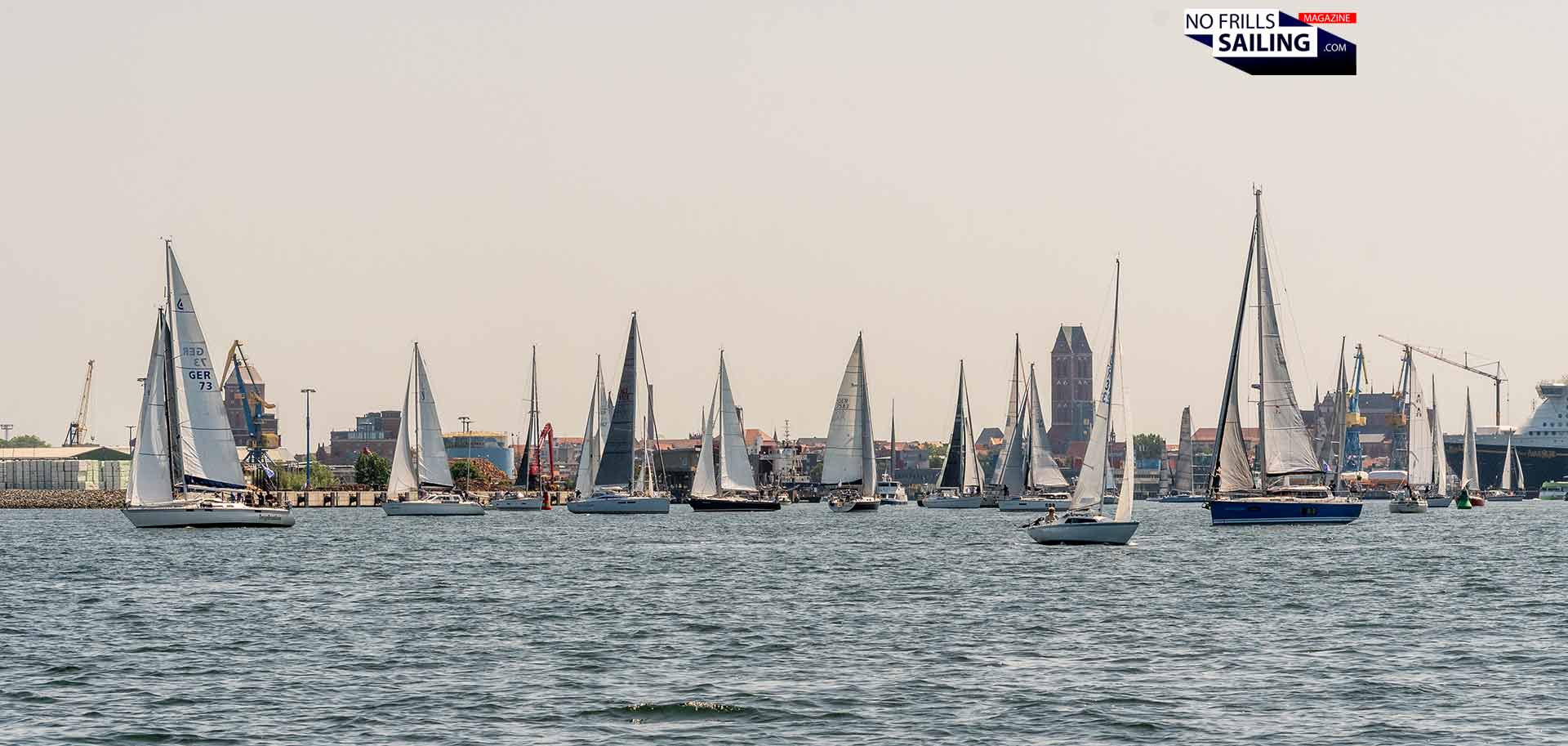
Lars Reisberg | NO FRILLS SAILING.com: “The famous photo at the northernmost buoy of the Baltic Sea is a must for finishers. Did this tradition exist before the Midsummer Sail, or did you create it? How does it work: Is there a photographer there capturing all the finishers?”
Robert Nowatzki | Midsummer Sail: “Well, actually this tradition was started by a young crew arriving there in 2017. They just suddenly tied up their yacht at the buoy and crawled onto it, celebrating and posing. At first, I didn’t know what they were doing, but then they stood there, and it looked fantastic! So, I took the photos. That’s how it all started. So, the crew of Universitas kind of invented it. Now it is indeed something like the special signature of this race. As is the T-Shirt of the Silverrudder, we have the picture on the Töre buoy, the northernmost buoy of the Baltic Sea. In the early years, I took the photos myself. There were few boats, and they arrived with plenty of time between them. Now, that’s no longer possible. I have to hire two photographers each year who work in two shifts. I think it’s a cool job …”
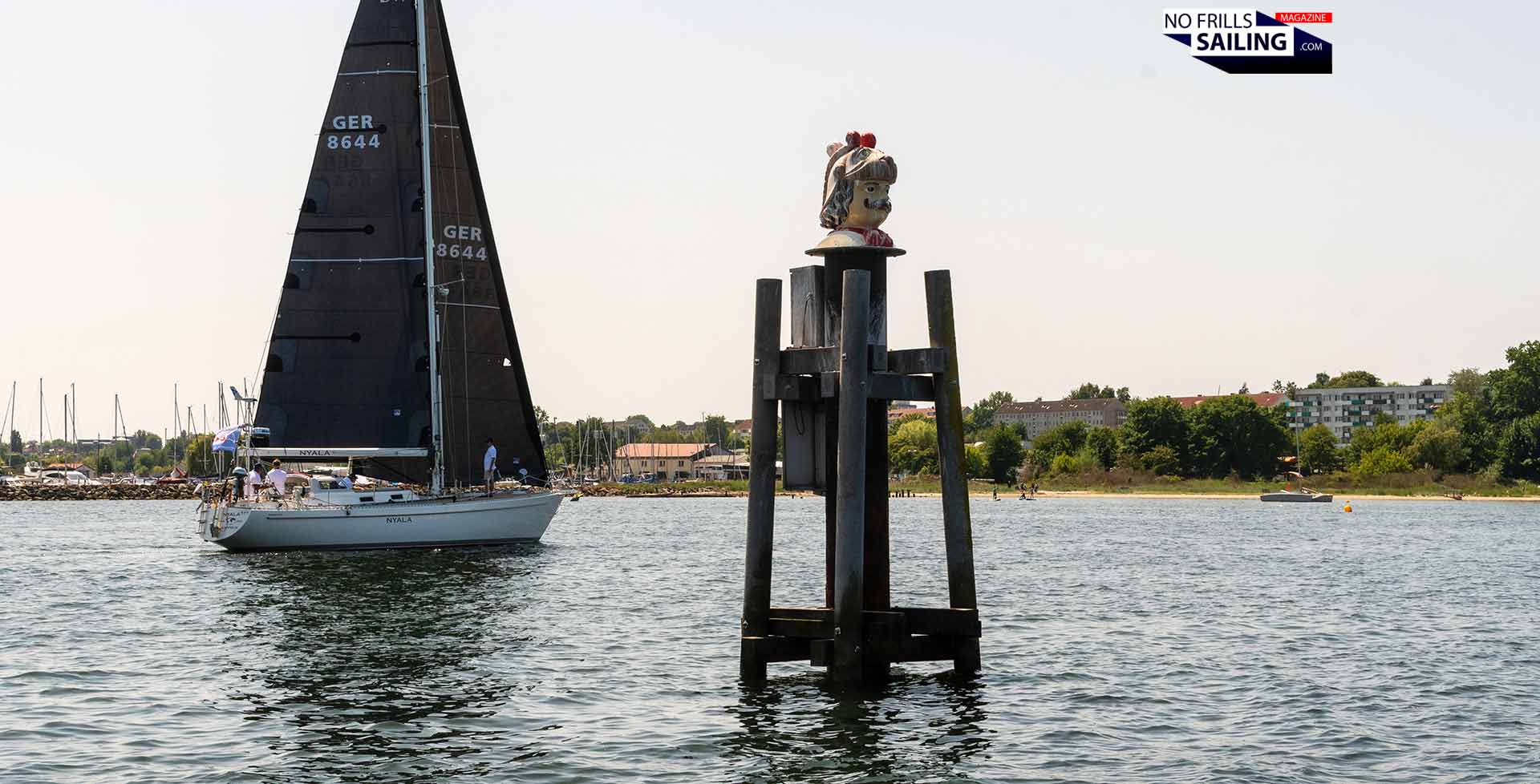
Lars Reisberg | NO FRILLS SAILING.com: “How have the participant numbers for the MidsummerSail developed over the years?”
Robert Nowatzki | Midsummer Sail: “Just amazingly! It started with just one boat, and last year there were 80. I’ve limited the number of possible starters to 100 anyway because the starting line is quite short, and it can’t be made longer. It’s similar at the finish: There’s just not enough space for everyone at once. And I am very happy how it all works out, really.”
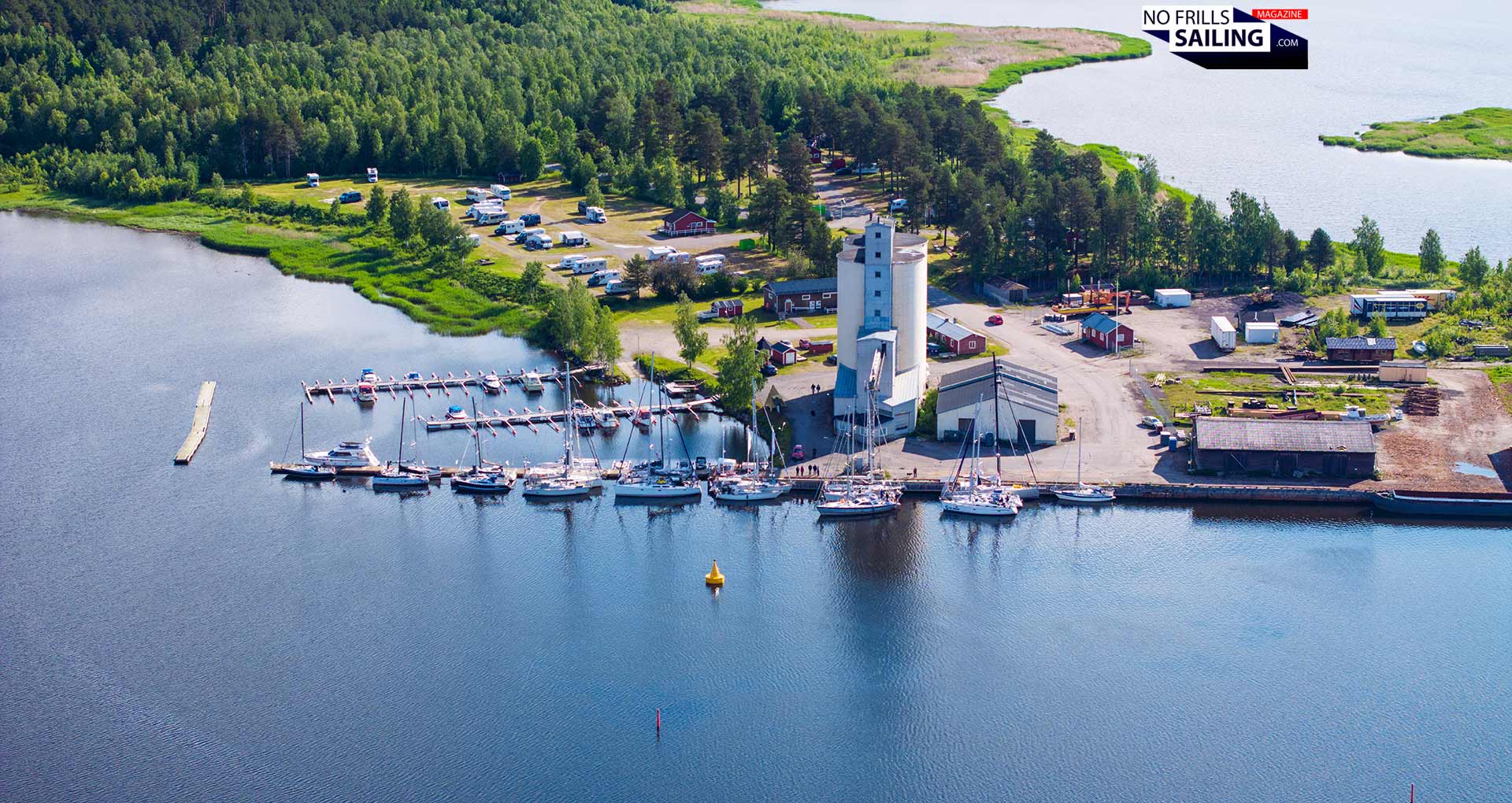
Lars Reisberg | NO FRILLS SAILING.com: “What were the top craziest, most memorable, dangerous, and beautiful moments of the Midsummer Sail editions so far?”
Robert Nowatzki | Midsummer Sail: “Hmm, tough question! I’ll never forget sitting on the quay in Töre with my sponsor in 2017, drinking a beer, when suddenly I saw a mast tip with sails behind the trees far on the horizon. That was so incredibly exciting! The first boat was arriving: Hooray! Or in 2019, when almost all the boats were already in Töre. We´ve had a BBQ for all then wandered across the boats, celebrating all night. That was one of the best “party nights” of my life, and I think it was great for the sailors too. In another year, the GPS trackers from England got stuck at customs due to Brexit, and I had to find replacements. Just 40 hours before the start! That was nerve-wracking. The first disqualifications were also very emotional, or this year, the capsizing of the solo trimaran with a rescue operation. Each year has its own stories: They’re all exciting in their own way, and so far, I can say I’m very grateful to be able to build such an amazing race in my life. There are days when I’m afraid of serious accidents, but you learn to deal with it, and the positive aspects of this adventure always outweigh the fears.”

Lars Reisberg | NO FRILLS SAILING.com: “What should someone bring if they sign up for the Midsummer Sail?”
Robert Nowatzki | Midsummer Sail: “A love for sailing and excitement for the adventure. Sure, sailing can be dangerous, and the Baltic Sea is no exception, but I think some people worry too much about equipment and technology. Of course, it’s different from sailing a nice afternoon on the lake, but if you can sail and prepare properly, you’re capable of reaching the magical yellow buoy.”

Lars Reisberg | NO FRILLS SAILING.com: “What are the sections or places in the Midsummer Sail that skippers should pay particular attention to, route-wise?”
Robert Nowatzki | Midsummer Sail: “Definitely the start! The starting line is very busy and tight. That can be stressful, but it’s also incredibly exciting. It’s important to understand that you can’t win the race at the start, but you can definitely lose it there! The finish is also very exciting. When a boat arrives in Töre, unless it’s completely calm because everyone’s asleep, there’s always a “clapping and cheering parade” for the arriving boat. That’s very emotional and, I think, unique. As for the route itself, it really depends on the wind and weather. What can I say? The Baltic Sea has it all, calms and storms … really, everything!”
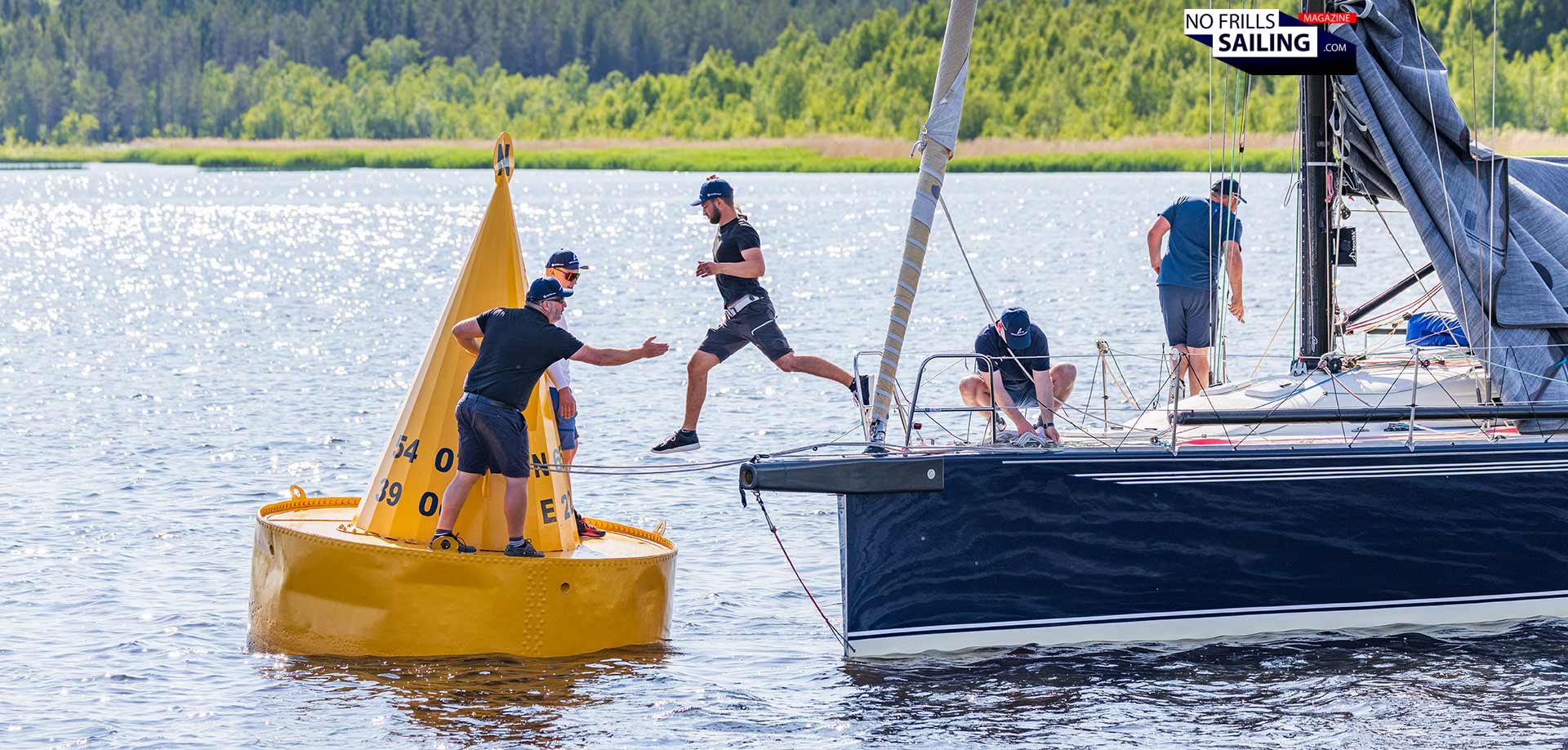
Lars Reisberg | NO FRILLS SAILING.com: “In 2026, you’re organizing the 10th edition—is something special planned for this milestone anniversary? Will you be in Törehamn yourself?”
Robert Nowatzki | Midsummer Sail: “Well, there are actually two 10th editions, depending on how you count. I count my first one in 2016, which means 10 years this year. But you could also start counting from 2017, when it became a race with multiple boats. So, 2026 would be the 10th. But honestly, so far, nothing special is planned. I try to improve the Midsummer Sail a bit every year, which isn’t easy. On one hand, new problems always pop up; on the other, I have a fixed budget that has to cover everything. Also, it doesn’t matter to the participants what year they’re starting in, be it the 10th or the 11th edition, it should always be great. And it will, I bet!”
Thanks so much, Robert, for this insight into the origins and the future of this amazing race! If you guys are interested, there are still some starting slots free to book and it is definitely a big adventure to begin with: Not to mention the long way back! So, will we meet at the “Swede´s Heads” in late June 2026?
Related articles you might find as well interesting:
Marlene Brudek masters her Midsummer Sail with a First 27 SE
About the boom of single and double handed racing
Tackling your first real regatta
